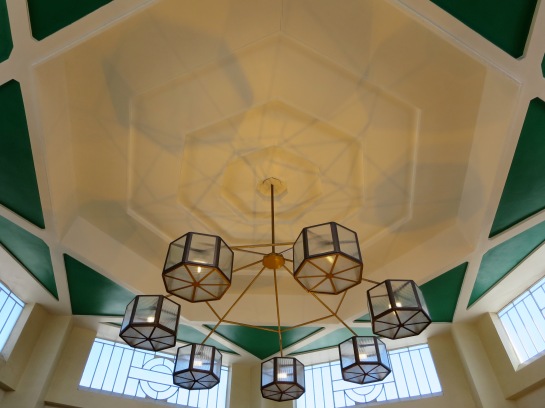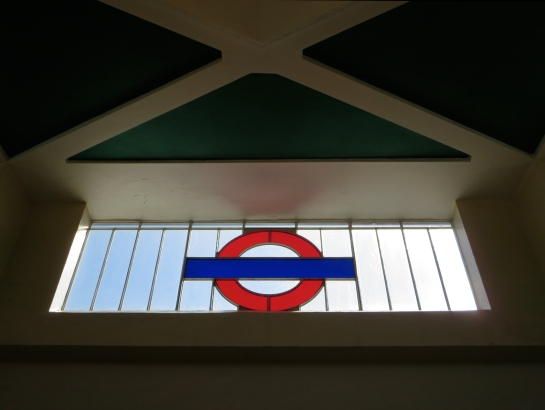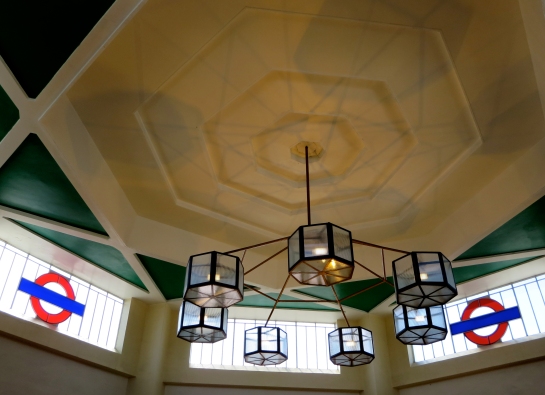 “It was about 8.00pm. I was standing on the platform talking to people when there was a terrific explosion above the station and, at the same time, all the platform lamps ‘arced’, and that put the station into darkness.
“It was about 8.00pm. I was standing on the platform talking to people when there was a terrific explosion above the station and, at the same time, all the platform lamps ‘arced’, and that put the station into darkness.
“When the station went into darkness panic started; it was a bad panic.
“I said to them: ‘It will be all right, we will have a light on in a few moments.’ But no light came.”*
A total of 68 people were killed when a bomb fell outside Balham Underground station on 14 October 1940: 64 members of the public and four staff. The bomb penetrated the surface of the Balham High Road, leaving a crater into which fell an entire London bus. Meanwhile damaged pipes caused water and sewage to flood the railway tunnels, which would take two months to repair.
Just the previous day, a bomb had fallen on Bounds Green station, leaving 19 people dead. On 11 January the following year, Bank station was hit: 56 people were killed.
The memorial plaque at Balham is a simple, tasteful tribute to those who lost their lives here during the second world war. It’s just as worthwhile a reminder of the Underground’s history as any number of heritage galas or souvenir dining sets. In fact, it’s the most important and most dignified reminder of all.
(There are other plaques of remembrance at Bounds Green and Bank, though if you manage to find them you’re a more patient and resourceful person than I.)
*from London Carried On by Charles Graves, published by the London Transport Passenger Board in 1947




